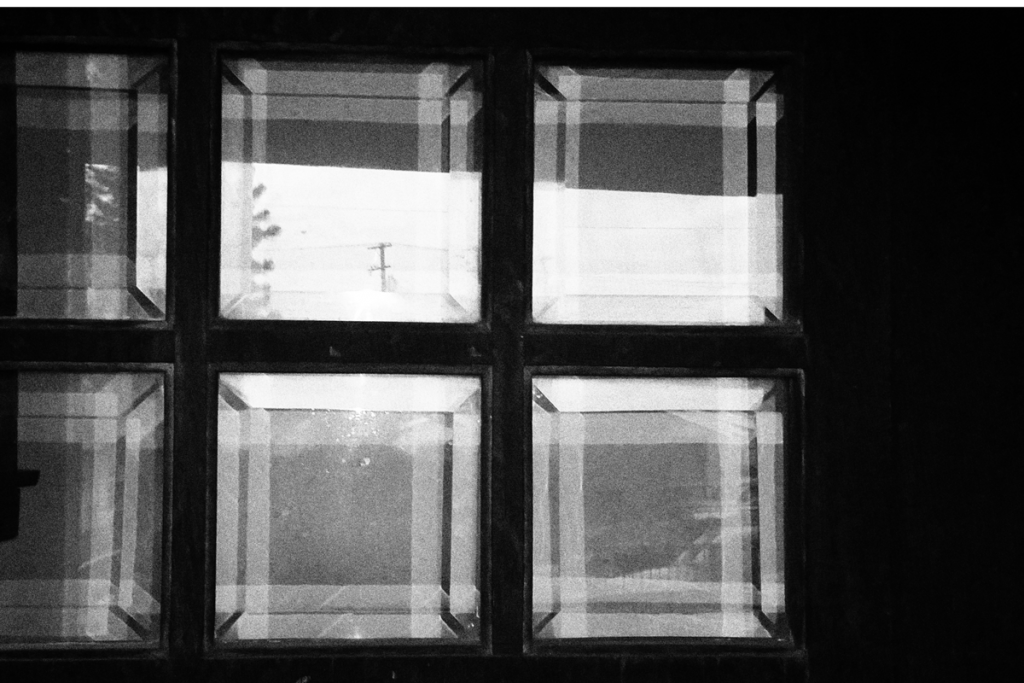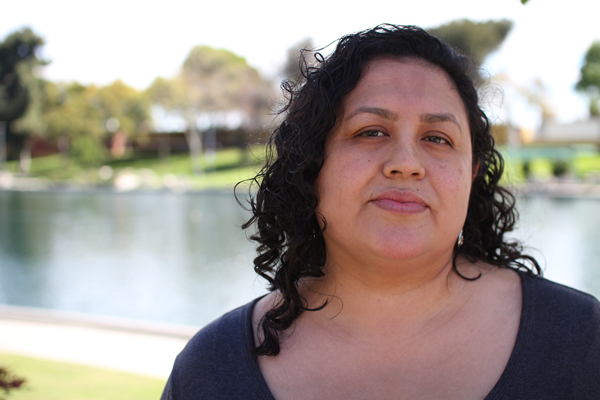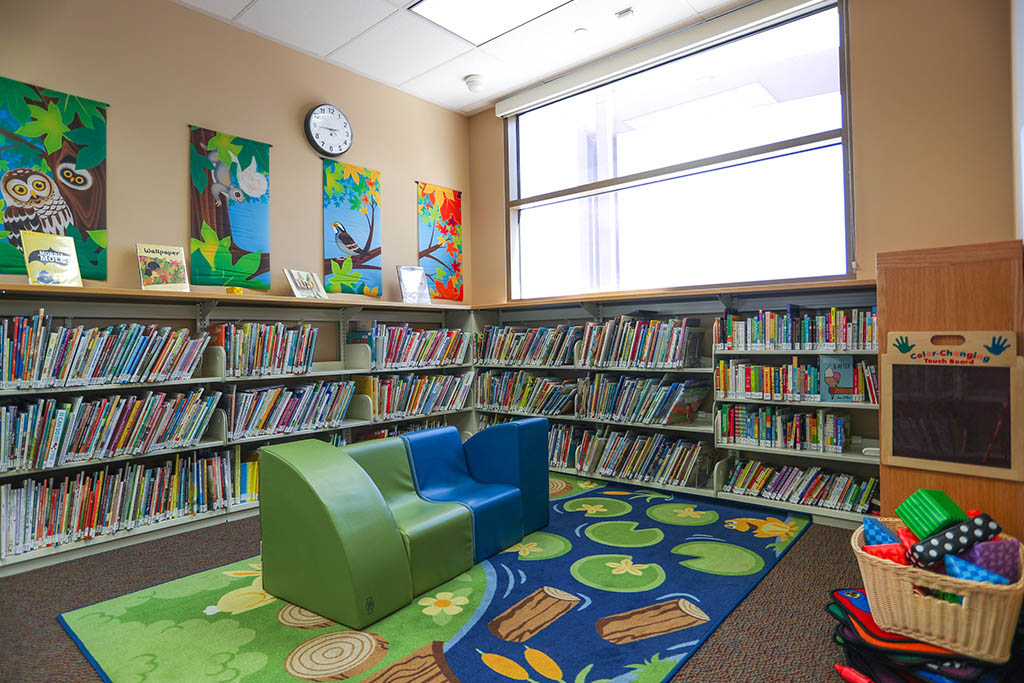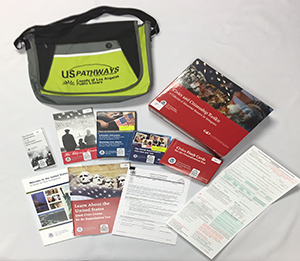The Homecoming

Her hand trembled as she held up the keys to my new home.
She placed them in my hand and clasped her fragile fingers over mine. Her grasp was tighter than I expected. She looked into my eyes and smiled. With that, Nellie Leal transferred her estate to me: a 1912 Craftsman house in East L.A.
She was widowed. Her husband, Charles, had died of Parkinson’s, she explained. She also had this affliction. Mr. Leal was an accountant. He had grown up in East L.A. He worked for a company, but prepared taxes on the side. Mr. Leal, known to many as “Charlie,” was trusted in the neighborhood for his knowledge of tax law.
So now, at age 28, I was moving into my first “real” home. From kindergarten until college, I had lived in government housing we called Maravilla, about half a mile away. The Nueva Maravilla Housing Projects were reconstructed in the late 1970s and consisted of about 500 housing units. The projects were divided into colonias: Colonia de las Palmas, Pinos, Magnolias, Cedros and Rosas. We lived in Las Palmas, in a row of seven houses, lined up side by side along a fire road that led to Brooklyn Avenue, now Avenida Cesar Chavez, across from Belvedere Park.
Maravilla afforded a family of six inexpensive living, in a two-story house with three bedrooms, two bathrooms and a laundry room. At age five, I was happy to have graduated from a cramped apartment to a house with a front and back yard, albeit small, in the projects. As I grew older, though, the noise from the adjoining units became louder. The rules, established at the outset, which were frequently modified, reminded us we could never get too comfortable there. Annual housing inspections were mandatory. Privileges, such as flower beds below our living room window, could be stripped at any time. Safety concerns – drugs or weapons stashed in the flowers – overrode aesthetics. My mother, who has a green thumb I long to inherit, valiantly razed the gardenias, petunias and bushes we planted. We went along with the program. Maravilla holds many memories, many of them good, but early on, it also made me want my own place.
The 2001 meeting between Mrs. Leal and me was set up by the realtors. It was not typical for a buyer to meet a seller, they said, but I gladly accepted Mrs. Leal’s invite. The contract to purchase the house was complete, but I was still nervous about the interview. I dressed conservatively and pulled back my hair, so that my sometimes unruly curls would not distract them. The butterflies of a first date consumed me. What if they didn’t like me?
I walked up the sloped entry of the property onto a long driveway. I climbed the wide steps onto the porch and opened the front door of heavy oak, adorned with six squares of beveled glass. Mrs. Leal was already there with two of her five children and a teenage grandson. She was in her late 70s, petite with straight grey hair and fair skin. We chatted in the large living room with high ceilings, wooden beams and molding. In the study set off from the living room, her daughters showed me the desk where their father prepared taxes. The desk opened out and had compartments for envelopes and stationery, and a built-in pencil sharpener.
“We always said a lawyer should live here,” said the older daughter, Bernadette, “that this could be their office.”
“We use to have huge parties and the DJ would set up right here,” said the youngest daughter, Adelina.
A large, ornate mirror hung on the wooden panels of the study. That was not part of the sale, according to the instructions.
“You can keep it,” Mrs. Leal said.
We continued into the elegant dining room, also with wooden beams and a large buffet. The adjoining kitchen, separated from the dining room by a wall, had been remodeled. They had wanted to expand it and build a breakfast nook. Never enough money. A low-interest community loan had recently paid for paving the driveway and upgrading the plumbing and electricity. The driveway was a dusty road before that and turned to mud when it rained.
Mrs. Leal opened the French doors into the bedrooms, and showed me hers, the corner one. We lingered. She spoke of the “santos” she kept in the bedroom. That later became my room and now it is our guest room. The claw-foot bathtub of the main bathroom was replaced with a modern tub and shower and was moved to the backyard by the Leals. I have since given it away.
We strolled outside, along the driveway lined with pastel roses. Mrs. Leal was from Arizona and grew up speaking both English and Spanish, but she expressed herself excitedly in Spanish when she saw her roses. “Mis rosales,” she said softly as she caressed the petals. “No, tus rosales,” she said, looking up to me. “No, nuestros rosales,” I assured her, holding her hand over the rose. Tears welled in her eyes.
This house — more than 2000 square feet — had been moved from Beverly Hills in two pieces by the prior owner. They called him Mr. Colberg. It used to be a seminary, one of the daughters said. “We have old photos,” said Adelina, promising to give them to me.
Mrs. Leal was moving to Long Beach with Adelina, whose nickname “Lina” is engraved in the driveway concrete. Lina provided me with a forwarding address, and I sent mail there for the first few months. After that, we lost touch.
I recently found Lina online. I called her and we spoke excitedly about the house. She said that she and her sisters still pass by on occasion. I told her that they were always welcome to visit. Lina recalled our meeting years before. She had been worried about her mother’s state of mind about selling the house.
“She changed completely after meeting you,” Lina said.
She was surprised her mother had decided to leave the mirror, a wedding anniversary gift, to me.
Throughout the past thirteen years, people have come looking for the Leals, some recalling this house full of life and Mrs. Leal bringing out plates of homemade cookies. Others remember going there for business with their grandparents, to meet with Mr. Leal. It was the house where everyone gathered for family events, Lina recently told me.
A couple of years ago, in a dusty basement of an L.A. county records office, I searched through huge books containing property tax rolls. For almost 50 years, the signatures of either Charles or Nellie Leal were on the thin, long sheets, and before them, Frank Colberg. I made it as far back as 1918, but the records stopped there. That was probably the year the house was moved to East L.A. It could be from Beverly Hills or, more likely, the Adams District, Santa Monica or Pasadena, where I have seen similar homes. The clerk in the basement suggested I go to the building department in El Monte to investigate further. I will at some point.
This October, it will be fourteen years since I met Mrs. Leal. In that time, many have lived with me temporarily – a sister, a nephew, and friends. My parents were supposed to move in, but decided their needs were better met in senior housing. They live a few minutes away.
This house truly became home with my husband, who put in elbow grease to bring out the original woodwork, our chocolate lab, and now our 4-year old boy who has free reign of the place. There’s lots of space, inside and out, for running, playing, dancing, and gathering with family and friends.
About ten years ago, a woman sitting next to me on an airplane and I exchanged stories about our L.A. upbringings. When describing the house to her, I drew it on a cocktail napkin.
“It’s a sanctuary,” she stated, as I finished the sketch.
“Yes,” I responded in silent surprise.
I learned from a neighbor that Mrs. Leal died a few years after the move.
But I never did change the black mailbox on the sloped entry to the home where the Leal name, while faded, remains.

June 5, 2015










